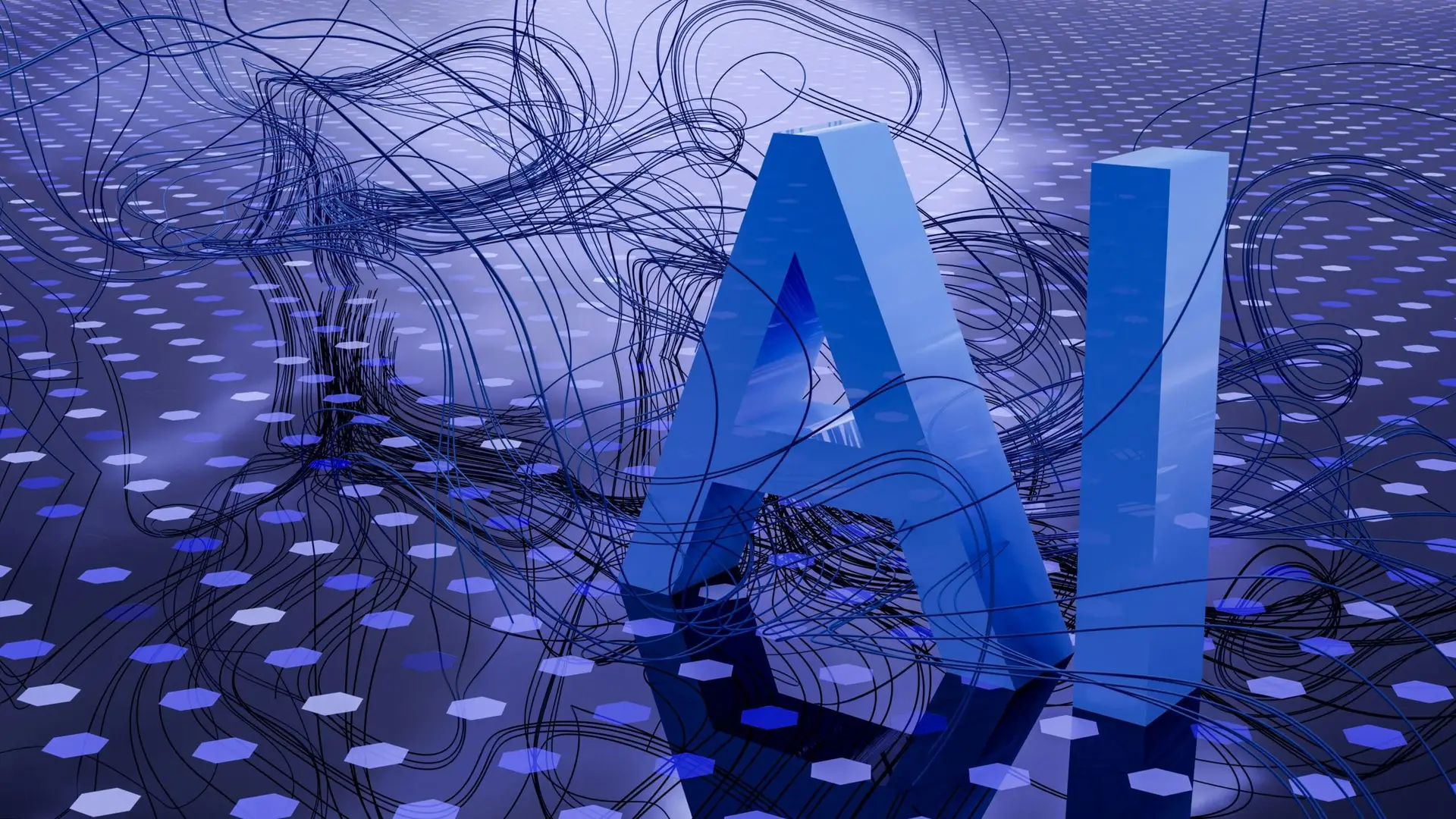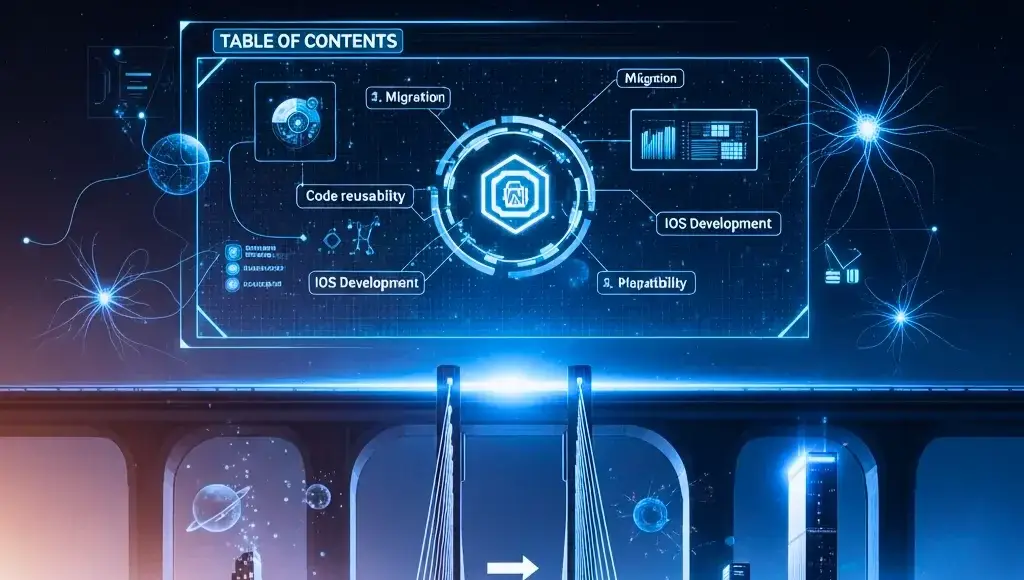As AI becomes deeply embedded in modern software, developers are no longer just engineers—they’re also decision-makers with ethical responsibilities. The choices we make when training, deploying, and maintaining AI systems directly impact real people, often in invisible or unintended ways.
In 2025, ethical AI isn’t optional. It’s foundational. Here’s what developers need to know—and where we must draw the line.
Table of Contents
Toggle1. Bias in Training Data
AI learns from examples. If the data is biased, the model will be too.
Real-world impact: Discriminatory hiring tools, biased loan approval algorithms, skewed content moderation.
What you can do: Use diverse, representative datasets and actively test for bias across demographics.
Ask yourself: Who might be excluded or misrepresented by this data?
2. Lack of Transparency (a.k.a. Black Box Models)
Complex models like deep neural networks often make decisions that even their creators can’t fully explain.
Problem: Users (and regulators) need to understand why decisions are made.
Solution: Use interpretable models where possible or build in explainability layers (e.g., SHAP values, LIME).
Trust is built on transparency.
3. Privacy Violations
AI systems can infer or leak sensitive personal information—even if it wasn’t explicitly provided.
Examples: Voice assistants recording without consent, AI tools reconstructing identities from anonymized data.
Responsibility: Use data minimization, anonymization, and encryption. Follow GDPR, CCPA, and similar regulations.
Just because you can collect the data doesn’t mean you should.
4. Manipulative or Deceptive Behavior
From deepfakes to algorithmic persuasion, AI can be used to influence opinions or deceive users.
Warning signs: Fake reviews, AI-written news with no disclosure, emotionally manipulative chatbots.
Best practices: Clearly label AI-generated content. Avoid designing AI to imitate humans without user awareness.
Consent and clarity should always come before capability.
5. Accountability Gaps
When AI goes wrong, who is responsible?
Problem: It’s easy to blame the “algorithm” when things go wrong.
Developer role: Take ownership. Build in safeguards, fail-safes, and clear audit trails.
“I didn’t write the training data” is not a defense.
The Developer’s Ethical Toolkit
Ask critical questions during planning and design.
Include diverse perspectives on your team.
Conduct regular audits of your AI systems.
Document decisions around data collection, model choices, and risk mitigation.
AI can be a force for massive good—or harm. As developers, we sit at the crossroads of innovation and impact. Drawing the ethical line isn’t about slowing down—it’s about building tech that’s worthy of the trust it demands.
Let’s build AI responsibly—because the future doesn’t just need smarter systems, it needs wiser humans behind them.



